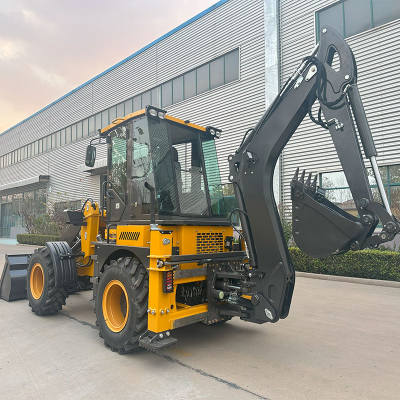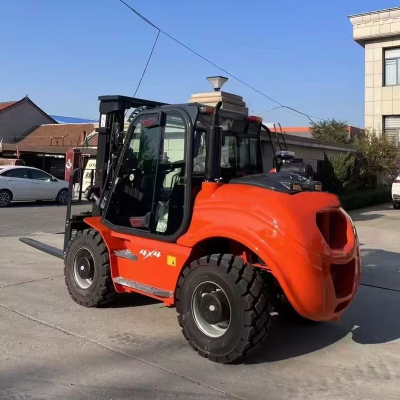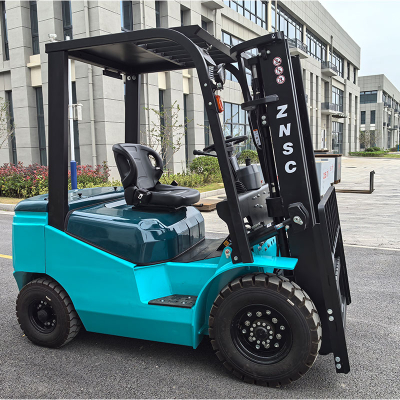Rough Terrain Forklift Service Life: How to Maximize Your Return on Investment?
In harsh off-road operating environments, forklifts are not only handling tools, but also the core of productivity. Their service life directly determines the total cost of ownership and return on investment of the equipment.
1. What does the economic life of an off-road forklift mean?
Different from the traditional life, the economic life refers to the period of time during which the forklift maintains economical and efficient operation. When the maintenance costs of the equipment increase, the frequent downtime and the decline in work efficiency begin to exceed the cost of purchasing new equipment, it means the end of its economic life. For off-road forklifts, extending its economic life is even more important in complex road conditions, changing climates and heavy load conditions.
2. What factors will affect the service life of off-road forklifts?
2.1. First of all, the off-road operating environment is harsh: muddy, gravel, ramps, uneven and harsh roads, severe wear and impact on the chassis, transmission system and tires of off-road forklifts far exceed ordinary roads.The challenging operating conditions of off-road forklifts are the primary influencing factor.
2.2 Secondly, whether the daily maintenance is scientific and in place: regular and high-quality preventive maintenance is the first and necessary work to extend the service life of off-road forklifts. Ignoring oil replacement, filter cleaning, inspection and adjustment of key components will accelerate wear and bury hidden dangers of failure.
2.3Operator skills and usage habits: Unreasonable operating methods and rough operating habits will greatly damage the power system, hydraulic system and body structure of the off-road forklift. Professional off-road forklift operation training is indispensable.
3.How to effectively extend the service life of off-road forklifts?
3.1Customize maintenance plans according to the working environment: The key points of the machine that need to be protected in different working environments are also different. For example, in a construction site with extremely high dust, the air filter replacement cycle needs to be shortened; in a rainy and muddy environment, the chassis and electrical components need to be waterproofed and rust-proofed.
3.2Timely discover and repair minor faults: Don't miss any problems such as abnormal noise, leakage or instrument alarm, which are often precursors to major faults. Focus on core components such as the engine, gearbox, drive axle, hydraulic system and brake system. Immediate investigation and resolution can effectively prevent chain damage and control maintenance costs.
3.3Optimize equipment work cycle management: Avoid uninterrupted overload operation of equipment, arrange shifts and rest time reasonably, and allow the working system to get the necessary cooling and recovery, which helps to delay aging.
3.4Strengthen the standardization of operator behavior safety rules: ensure that operators master the standards in off-road environments and avoid impact operations that have a great impact on protecting equipment. The safe operation of off-road forklifts is closely related to the life of the equipment.
Conclusion
The service life of an off-road forklift, especially its economic life, is in the hands of the user. Professional maintenance is not just a cost expenditure, but a strategic investment in the long-term healthy operation of the equipment and return on investment. On the contrary, neglecting maintenance will lead to sudden failures, high repair costs and premature scrapping, which will bring unpredictable losses.





